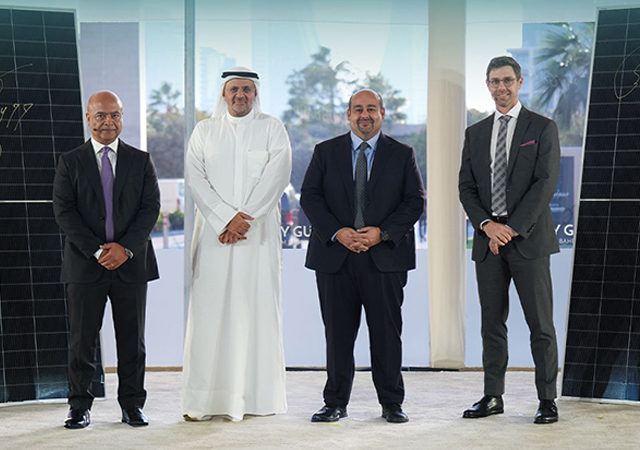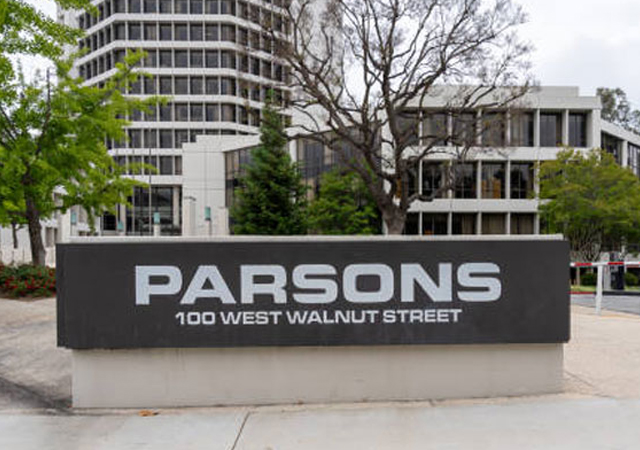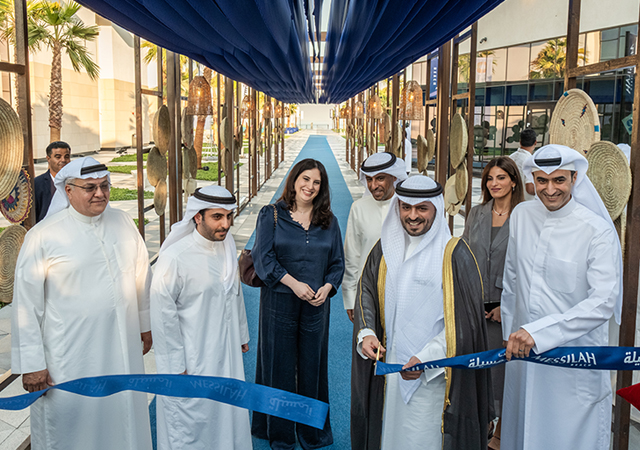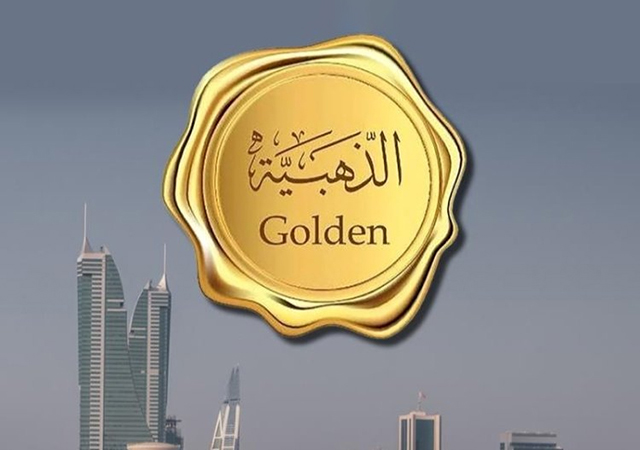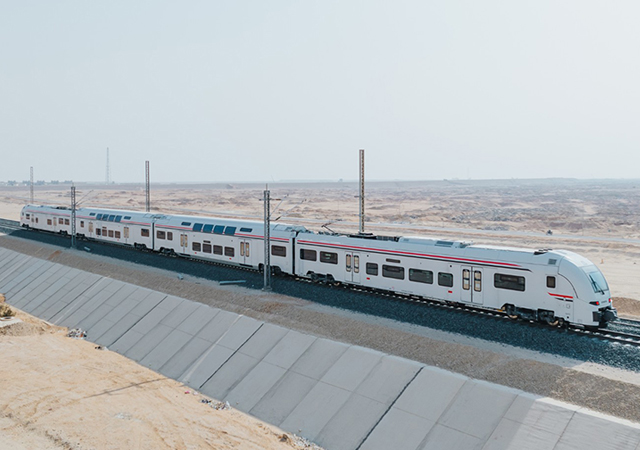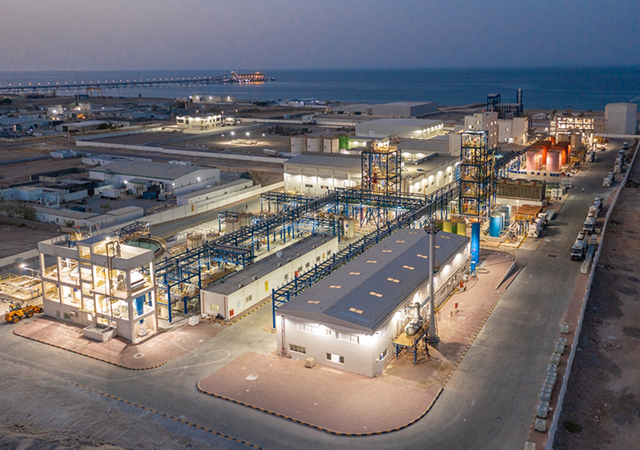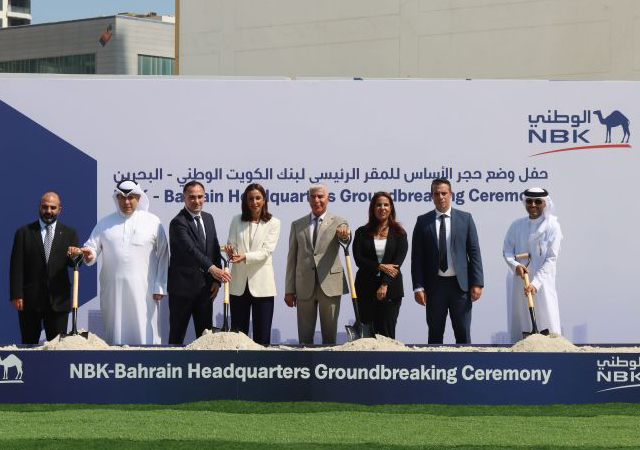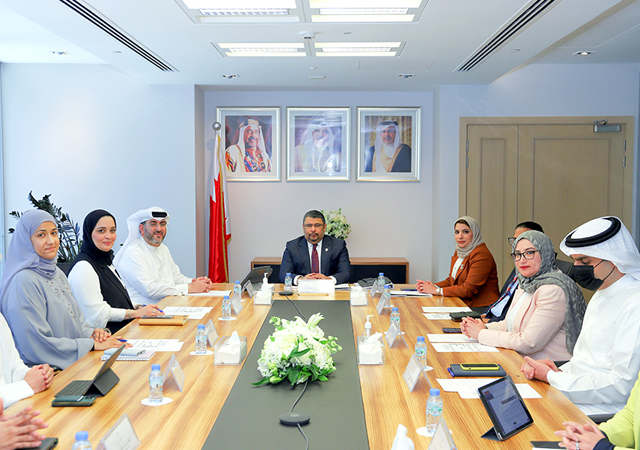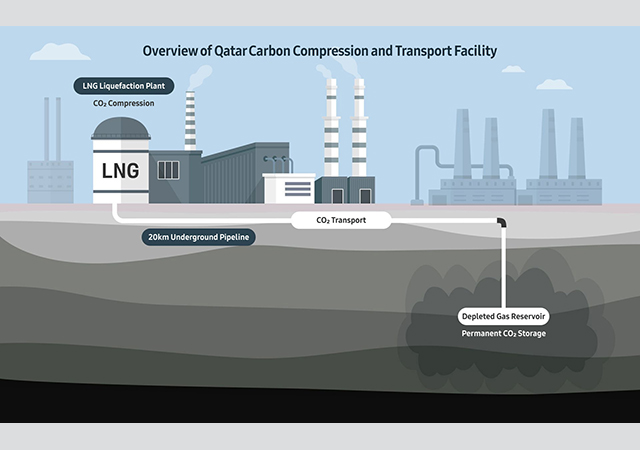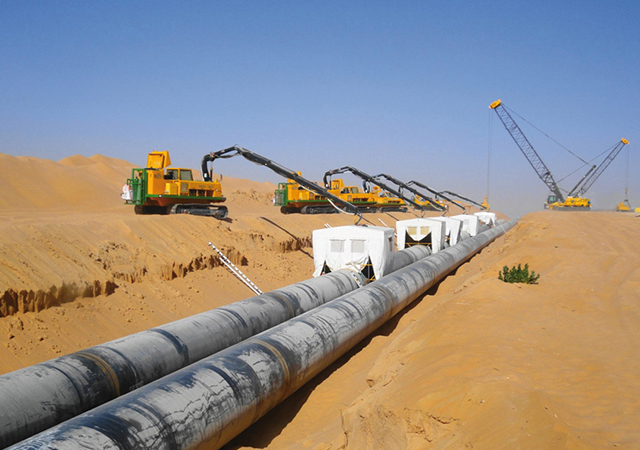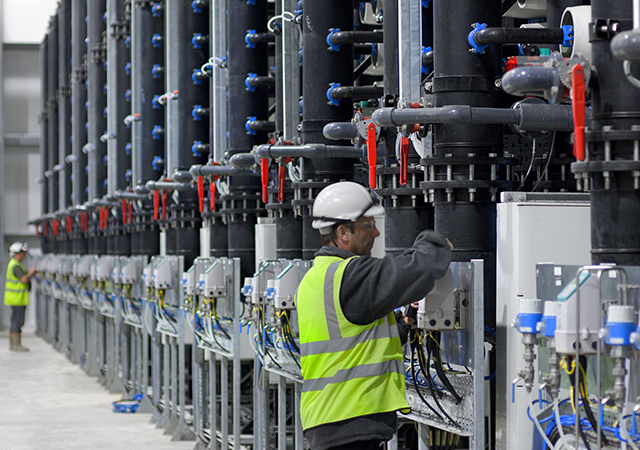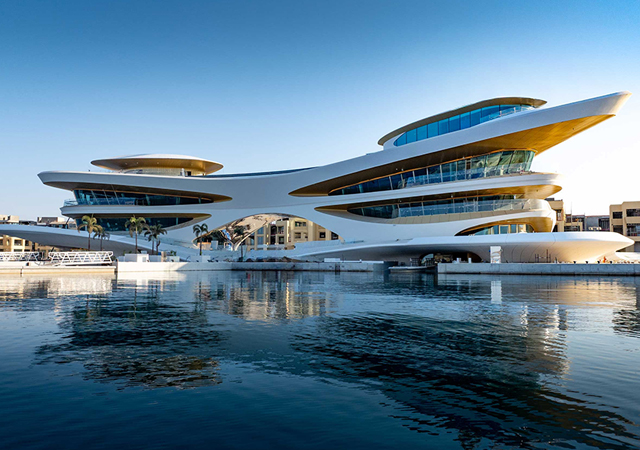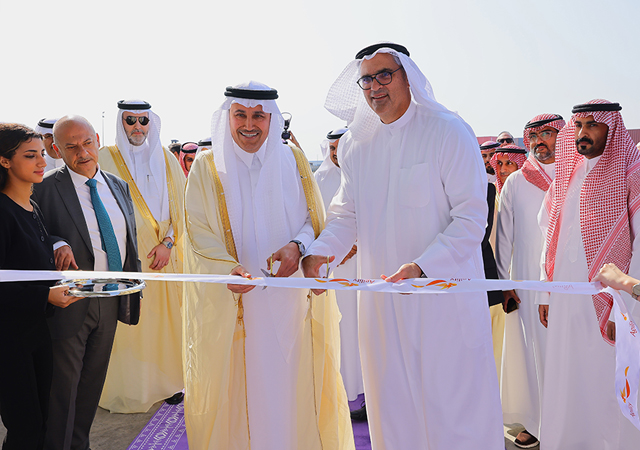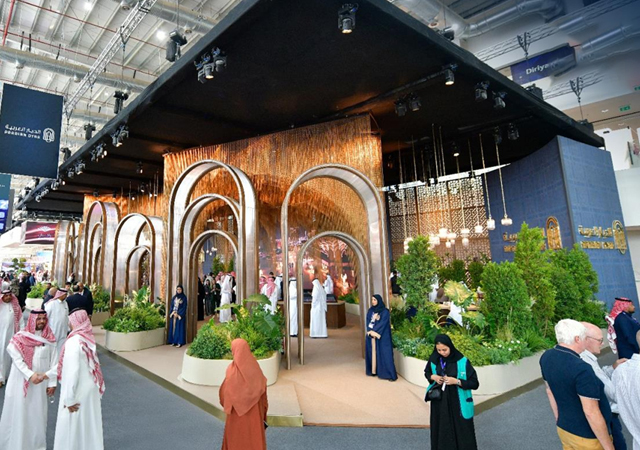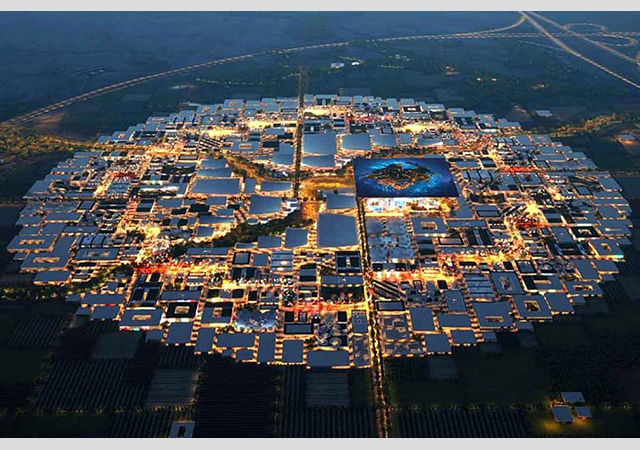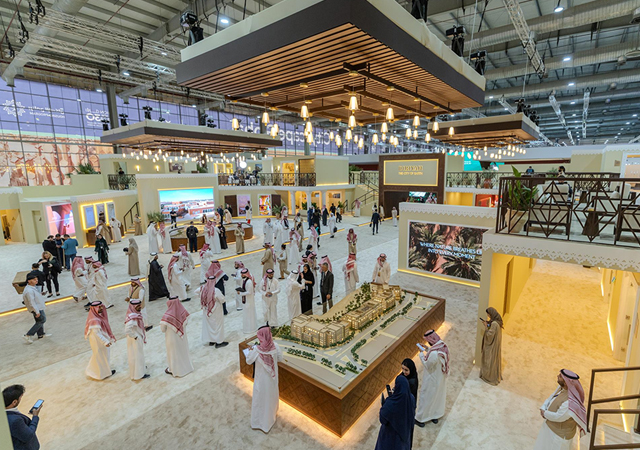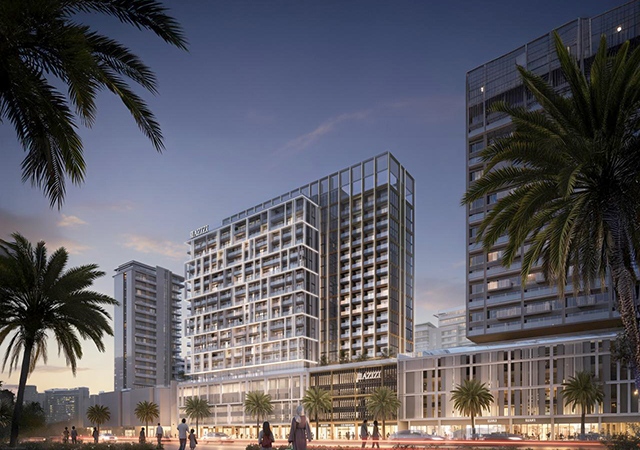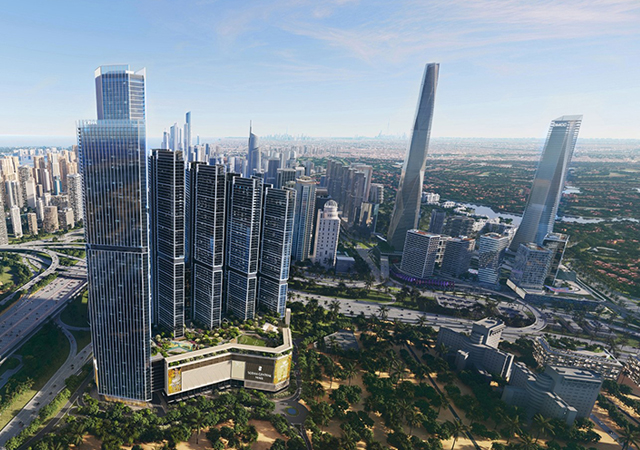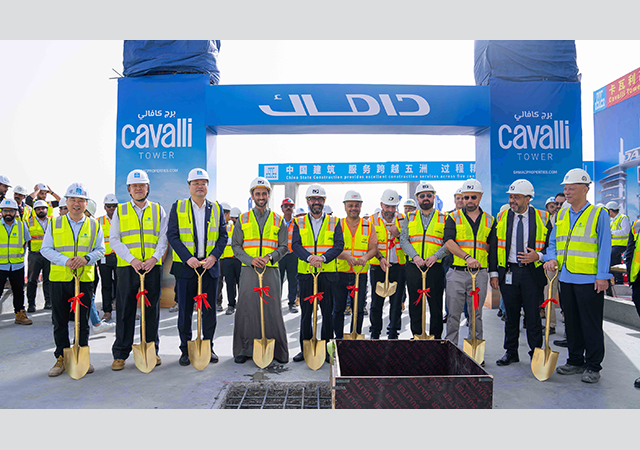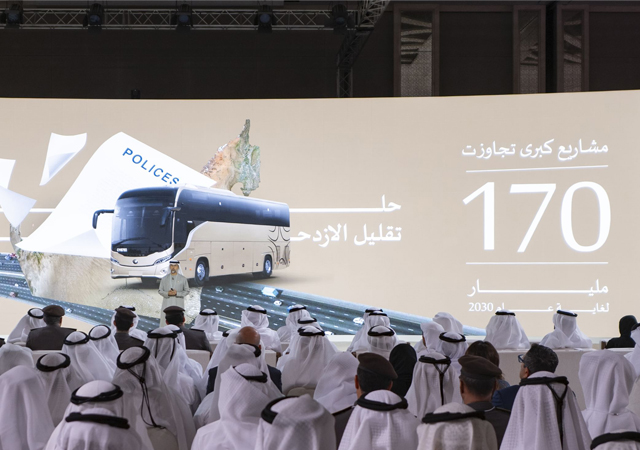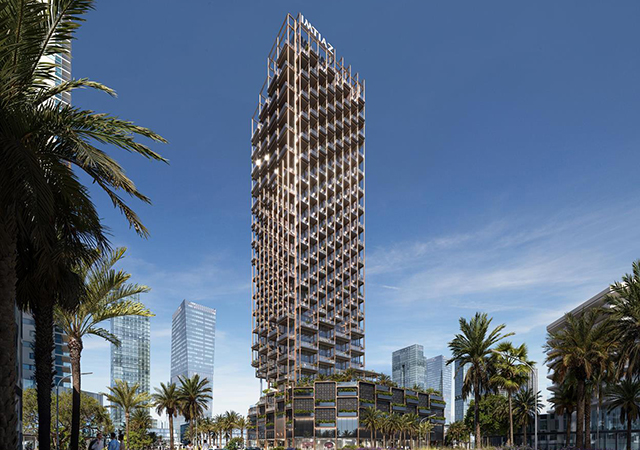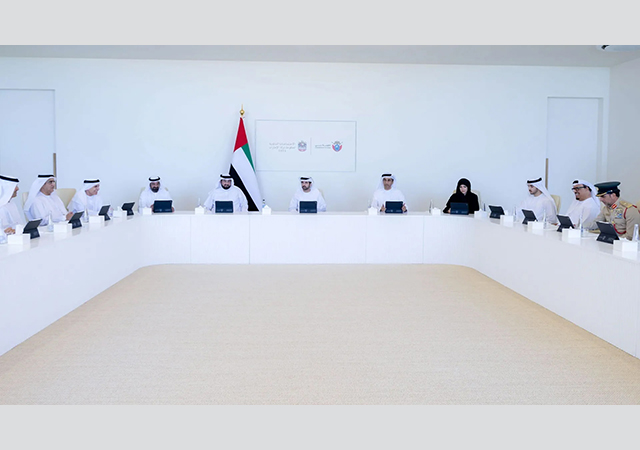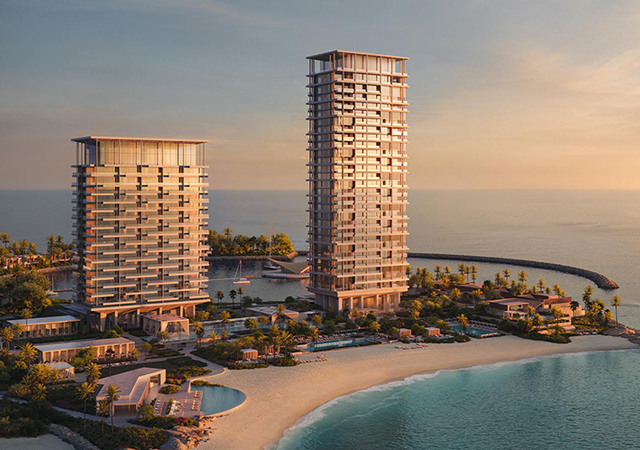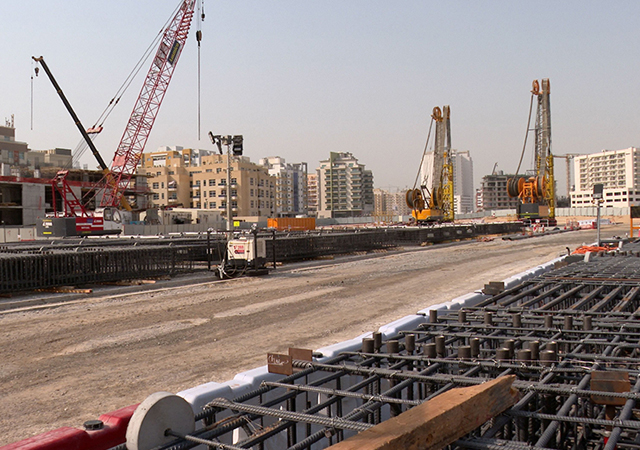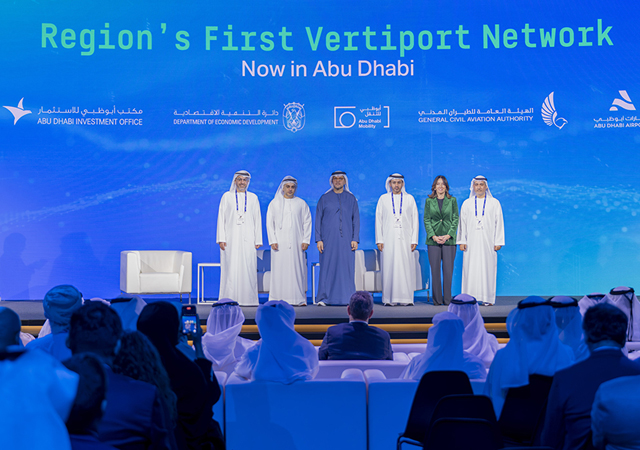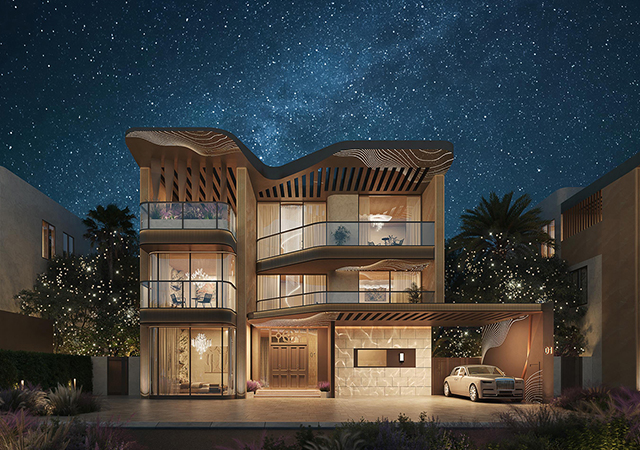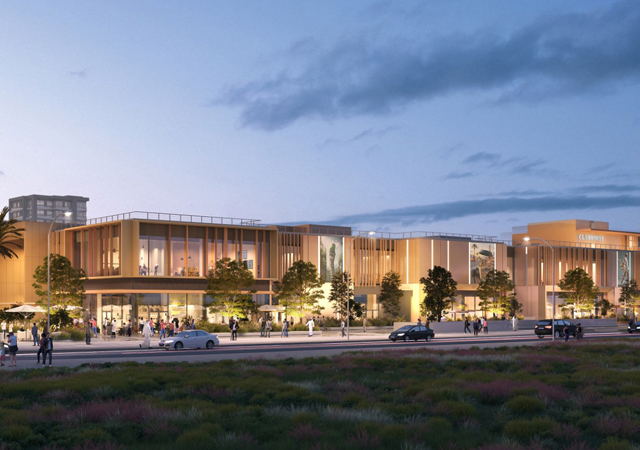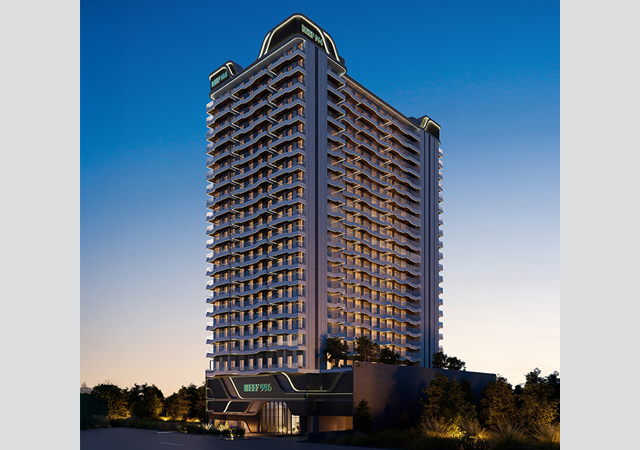 Quick Step ... intelligent alternative for traditional roofing.
Quick Step ... intelligent alternative for traditional roofing.
RHEINZINK, a German manufacturer of titanium-zinc that is marketed under the same name, has developed Quick Step, an industrial laying system that combines new design possibilities for roofing applications and simple installation techniques.
As a modular system of pre-finished components, it offers a stepped structure for horizontal arrangement of roof surfaces.
With a production capacity of approximately 160,000 tonnes a year and employing over 800 people, Rheinzink is today a world leader in the production of titanium-zinc material, an alloy of electrolytically-refined zinc with a 99.995 per cent degree of purity and accurately defined parts of titanium and copper. The material is used in high-end and typically complex roofing and facades.
Speaking on Quick Step’s innovative qualities, Hans Gamerschlag, technical sales manager at Rheinzink’s Abu Dhabi office, says: “Quick Step, Rheinzink’s stepped roof innovation, with patented technology, is a completely new type of metal roof covering which represents a high-quality alternative to traditional roof coverings and is suitable for a wide range of applications. It is apt for a large number of roof shapes, with inclinations between 10 and 75 degrees.”
The plug-in components made from 0.8 mm ‘pre-weathered’ Rheinzink are prefabricated, guaranteeing that assembly can take place with ease.
Gamerschlag continues: “Precise, pre-finished profiles and co-ordinated fixing systems are the secret of Quick Step’s success: using profile fixers, which are fixed to the wing unit along with wedge-shaped wooden battens, Quick Step is assembled ‘invisibly’. This technically-protected Rheinzink system is an innovation in installation technology.”
Quick Step also opens up a wide range of possibilities from a design point of view. He elaborates: “The horizontal stepped structure of the roof profile opens up avenues for completely new shapes in roof architecture. It creates a strong but elegant format for the roof surface, which integrates harmoniously into every environment. Innovative accessories such as the new connection frame, developed especially for roof penetrations, round off Quick Step as regards both design and style.”
Under Rheinzink, the company manufactures a wide range of roofing systems, suitable for various purposes and uses.
Its square and diamond tiles, for instance, are ideal when the building shape is geometrically complicated. In contrast to shingles with a similar visual appeal, they have projecting edges on the front surface and backward-facing edges on the rear in the form of simple joints.
“They can be produced by a craftsman or internally and thanks to their small format, they create reliable and visually appealing solutions, even when the building shape is geometrically complicated,” says Gamer-schlag.
Almost all curves can be followed without difficulty, according to him. The classic areas of use for the small tiles, therefore, include covering dormers, chimney tops and roof edges.
A further development of the square and diamond tiles are the Rheinzink large tiles, which are becoming increasingly popular in both roofing and wall cladding applications, according to Gamerschlag. “Their large size offers the designer many options and provides a visual presence which is particularly impressive," he adds.
Commenting on general roofing trends involving zinc, Gamerschlag says that for roofs with a slope of under 25 degrees, the double standing seam roofing system has been the clear choice since 1899. “The double standing seam is considered to be a further development for zinc material of the original hollow folded joint or single standing seam. Double standing seam characterises one of the classic types of longitudinal joints. The seam was previously produced to a height of 23 mm. However, today, the double standing seam is produced from preprofiled trays forming a weathered joint of 25 mm. This is now internationally recognised.”
In Rheinzink’s double standing system, special designs such as convex and concave curves or conical assemblies can be produced without difficulty. “Thanks to the wide range of possible variations in its detailing, the fine line design of the double standing seam complements traditional architecture with the same degree of self assurance as modern designs,” he adds.
For roofs with an inclination of more than 25 degrees, the angled standing seam is the usual solution. He adds: “Compared to the double lock standing seam, seam closure of prefabricated sections is particularly easy, as the finished angled standing seam is created by only seaming one side. The angled standing seam is preferred in visible areas, where the pitch of metal roofing is higher, for example in parapets, attics and mansard roofs, whether in traditional vertical, diagonal or horizontal applications. Although it appears wider than the double standing seam, the angled standing seam still offers prominent vitality and quite a slender effect to the structure of large surfaces.”
Other systems offered by Rheinzink include the click strip system, suitable for both roofing and façade applications, which guarantees maximum precision and efficient laying, according to Gamerschlag. “The strip system is considered to be the most traditional of the plumbing methods currently in use today. The use of wooden strips and zinc cappings has now been replaced by Rheinzink’s click strip holder made from galvanised steel, which is laid between prefabricated trays. The longitudinal joints are then capped in zinc using prefabricated capping profiles.
“The strength of the profiles produces harmonious proportions with dominant longitudinal joints. Interesting effects are achieved through shade and light changes. These produce an abundance of colour and brightness when used in combination with other seaming techniques.”
Commenting on the material properties, Gamerschlag says: “The patina provides protection; hence, the material always looks great, without undergoing any additional maintenance or cleaning.”
The ‘preweathered’ material leaves the factory with the elegant look of a finished zinc patina. Rheinzink has patented this process, which is unique worldwide. The surface appearance changes marginally (influenced by the environment), while the positive properties of the natural surface remain fully intact.
“Here, too, special maintenance and cleaning is not required; the self-healing properties of the material allow each and every scratch to disappear in a very short period of time,” he adds.
Gamerschlag concludes by saying: “Rheinzink titanium-zinc meets the highest quality criteria, the requirements of sustainable material (for example is Leed certified), and is subject to voluntary testing as per the ‘Quality Zinc-Criteria Catalogue’.”



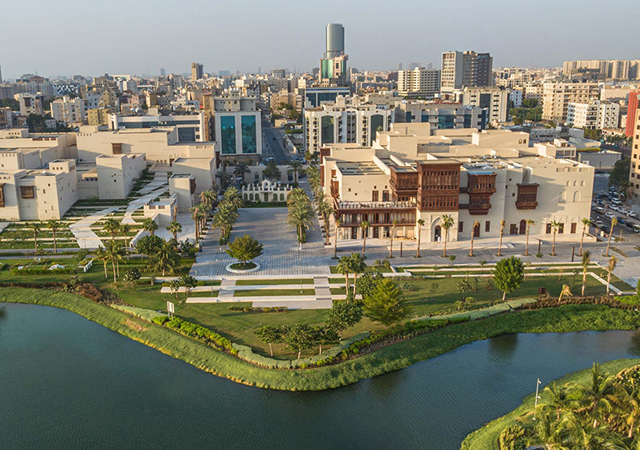
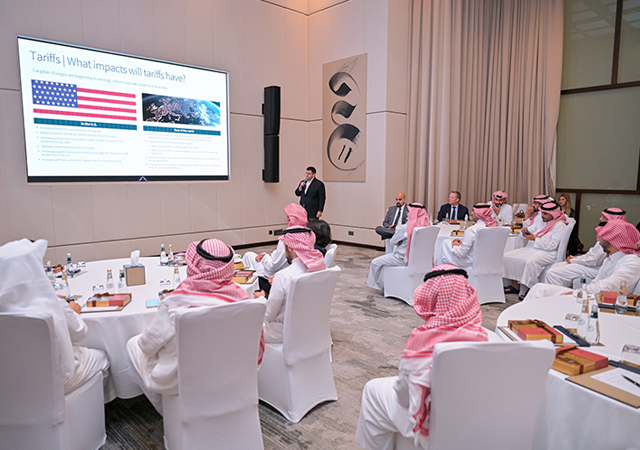

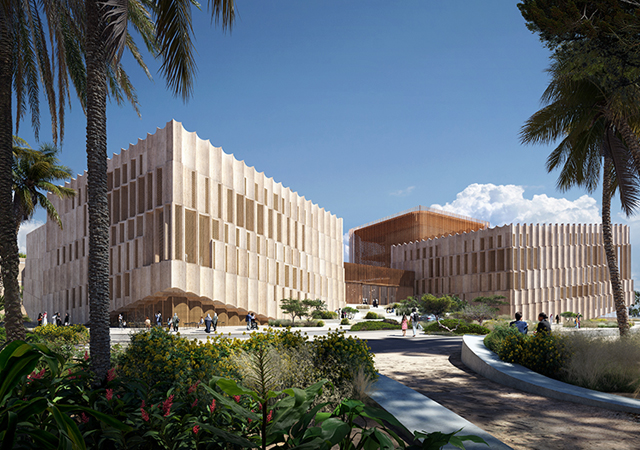

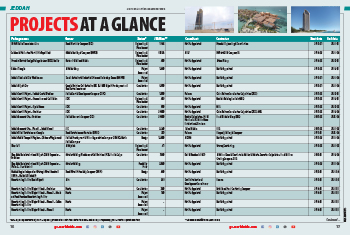
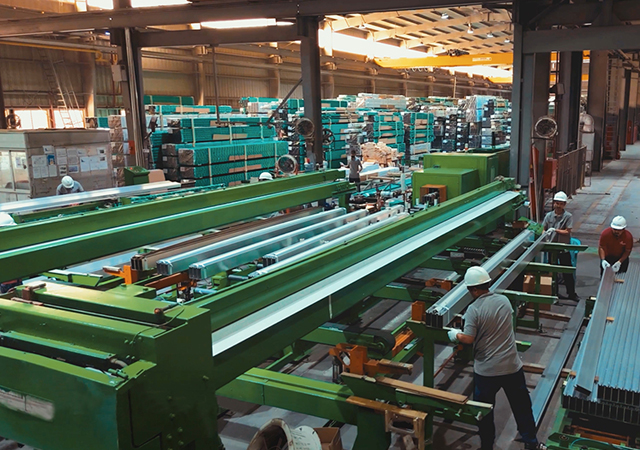

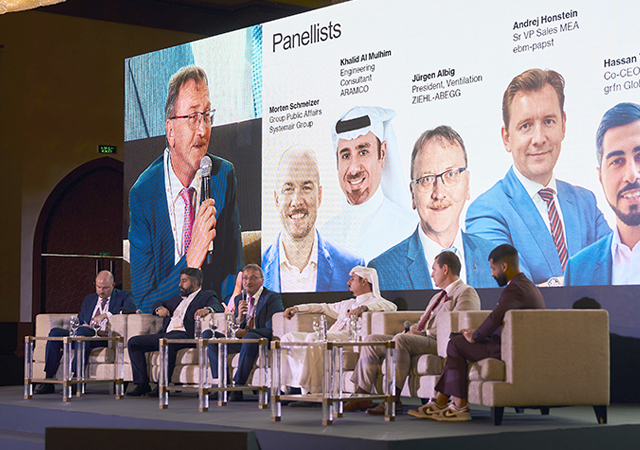

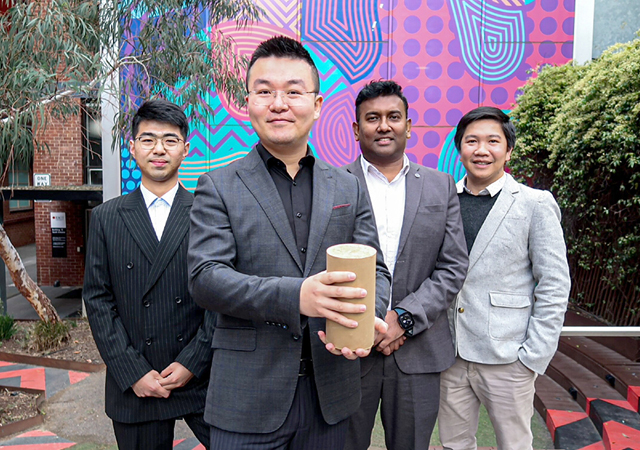
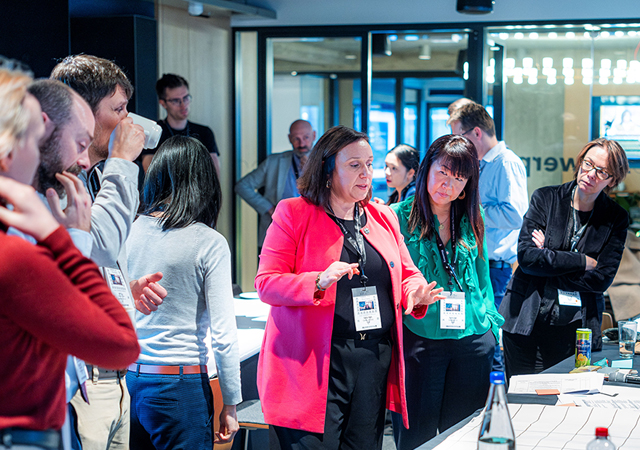
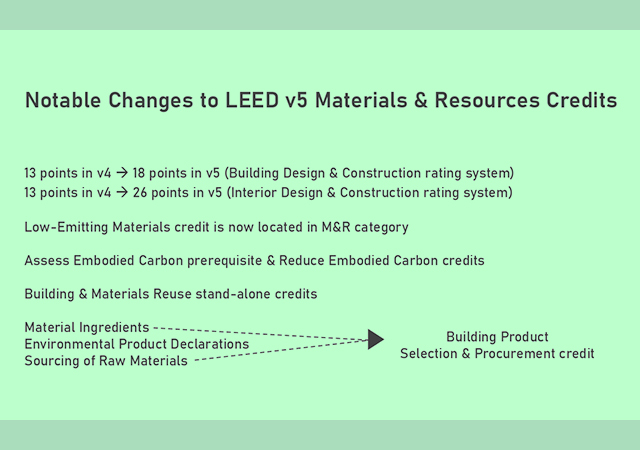
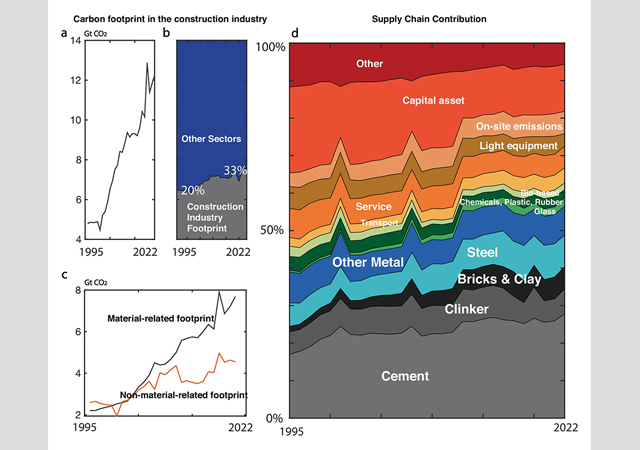
.jpg)
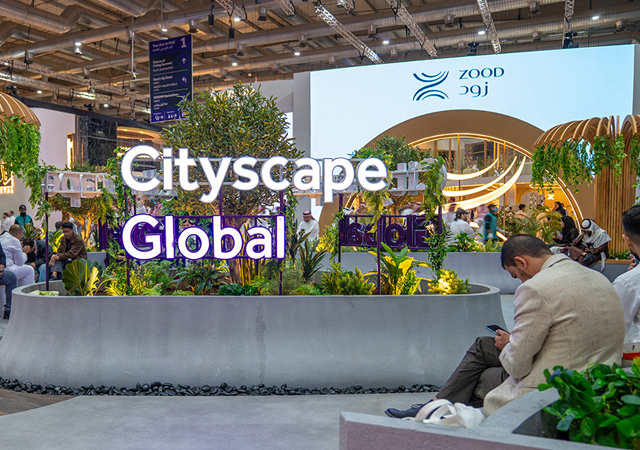
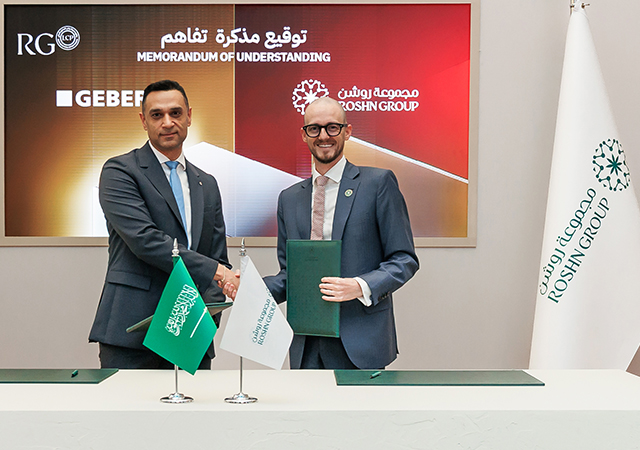

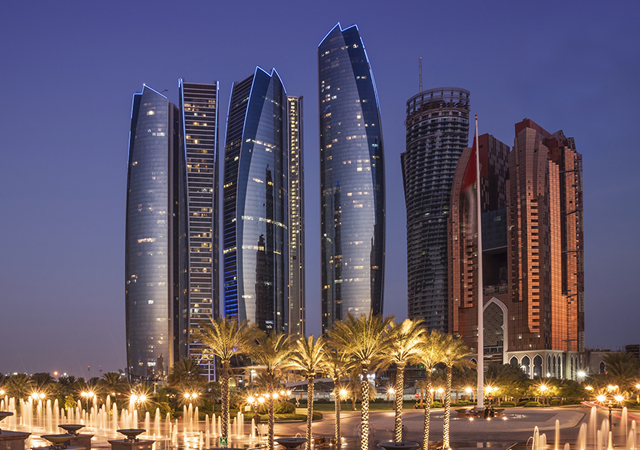


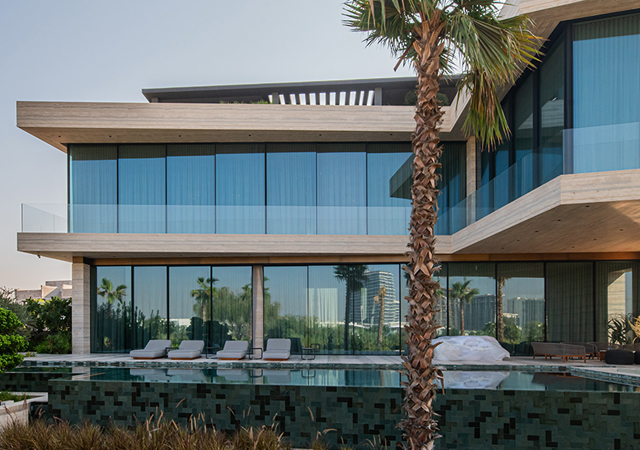





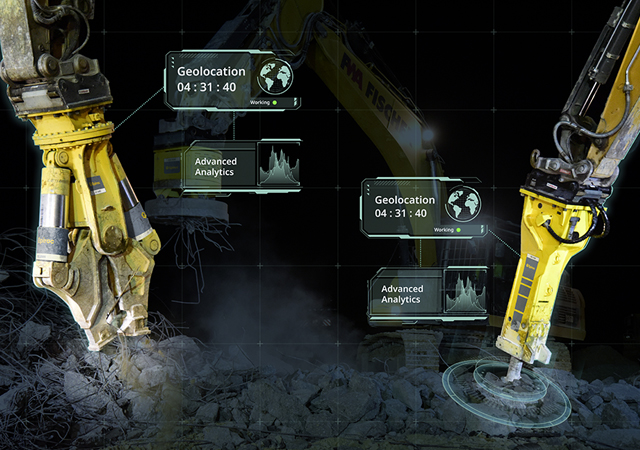
 (1).jpg)

